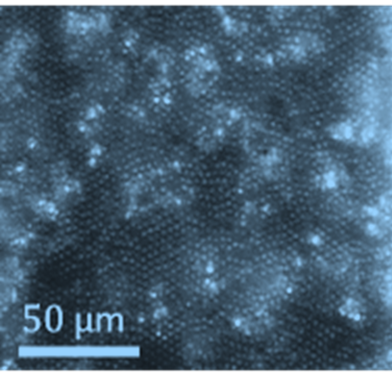Researchers have traced the mechanism by which a dense suspension when suddenly deformed first goes to a solid-like state with very high force and then gradually comes back to the initial liquid-like state with smaller force.
This study of force induced reverse solidification can help in developing smart or self-adapting shock absorbers that find applications in designing, flexible impact-resistant systems, automobile industries, stabilizing lithium-ion batteries and in space technology.
It had been noticed that many dense suspensions formed by dispersing sufficient amount of rigid, frictional particles in a simple liquid show a force induced reversible solidification. However, the underlying particle-scale dynamics leading to such striking, reversible transition of the bulk, a phenomenon called shear-induced jamming remains unknown.

Scientists from the Rama Research Institute (RRI), an autonomous institute of the Department of Science and Technology (DST) studied suspension of particles polystyrene, a polymer in polyethylene glycol, compound derived from petrol under a step strain perturbation.
Researchers Sachidananda Barik and Sayantan Majumdar found that stress relaxation behaviour of dense particulate suspensions is very complex and involves multiple steps. Initially a very rapid almost step-like decrease of force that corresponds to the fast relaxation occurs followed by a more gradual force drop corresponding to the slow relaxation. Their study published in the journal Physical Review Letters of American Physical Society is the first study that experimentally deciphers how the dynamics of the particles in the suspension controls the relaxation behaviour of these systems.
Using high-resolution boundary imaging together with changing the particle concentration and solvent viscosity in the sample, they have confirmed that that the fast relaxations depends on the formation of small cracks having similar size as that of the individual particles. On the other hand, the slow relaxation comes from the movement of particles in the entire sample.
The insight from this research can enable tuning these systems to exhibit the precise response required for various specific applications.
Typical boundary image of a dense suspension, formed by dispersing 61% (v/v) polystyrene particles in PEG, just after the application of a sudden strain pulse. The individual particles are visible. The bright spots are the microscopic plastic regions in the system caused by high shear stress in the system.






























